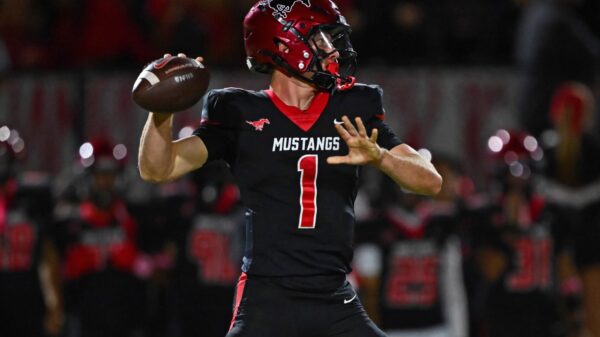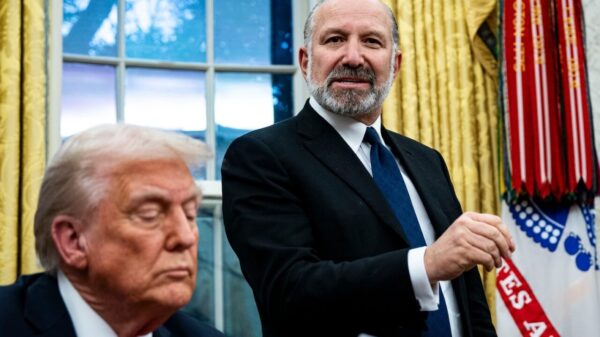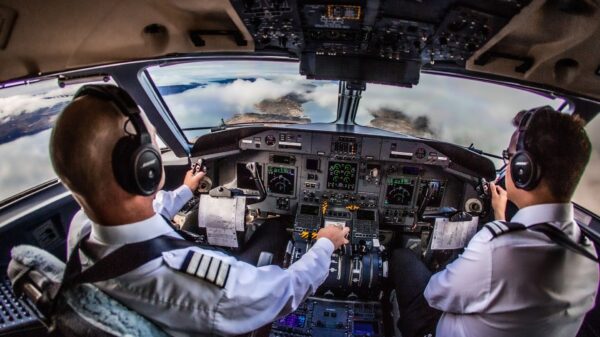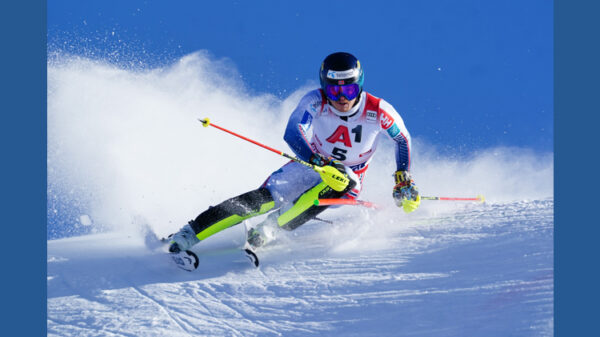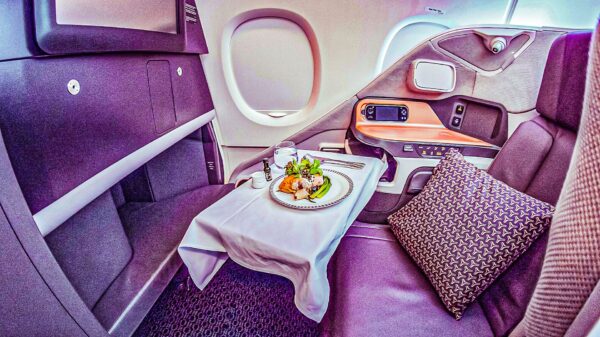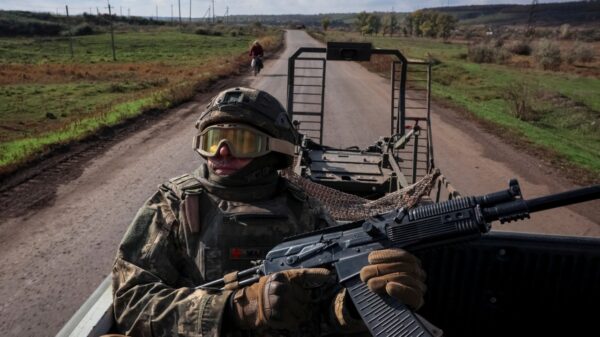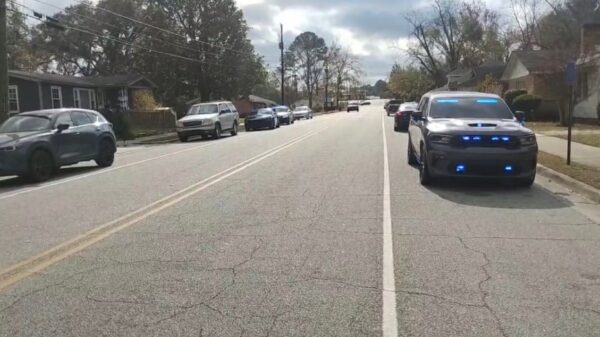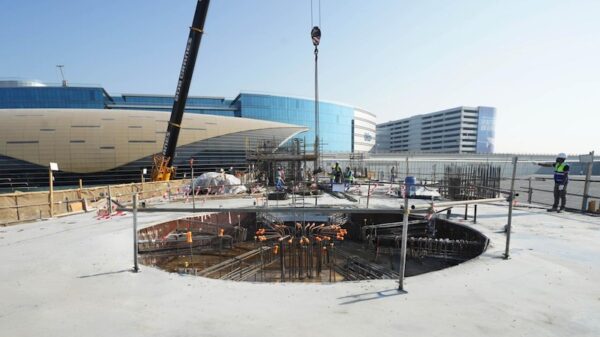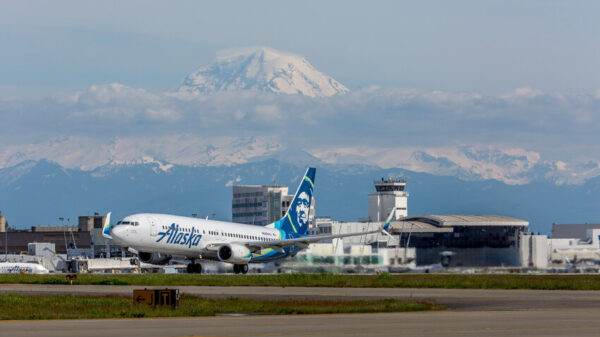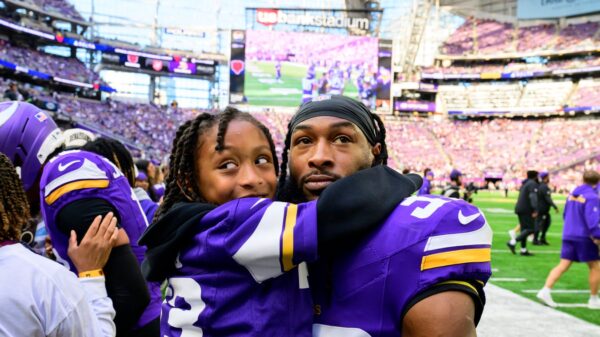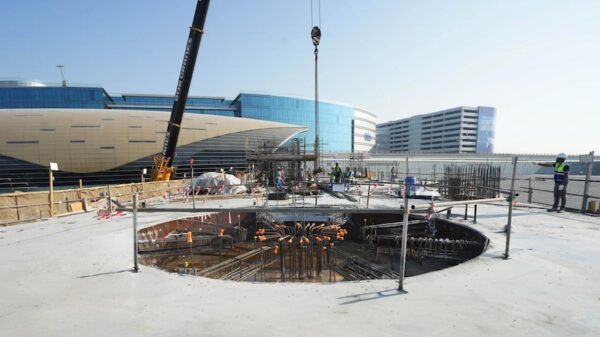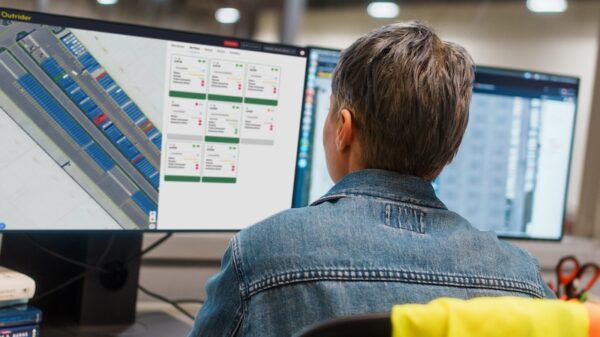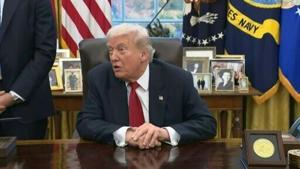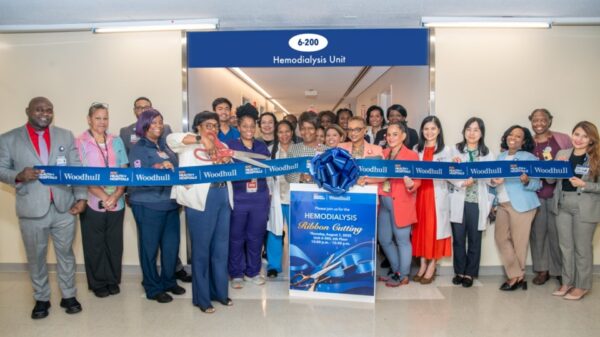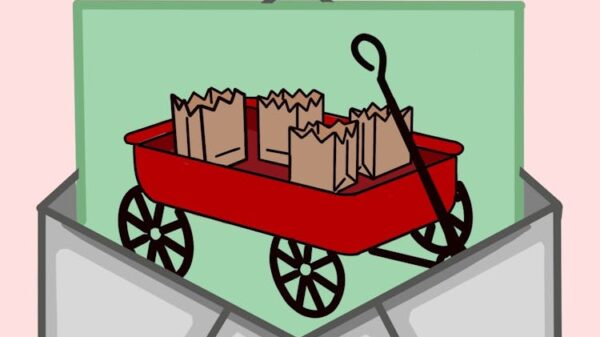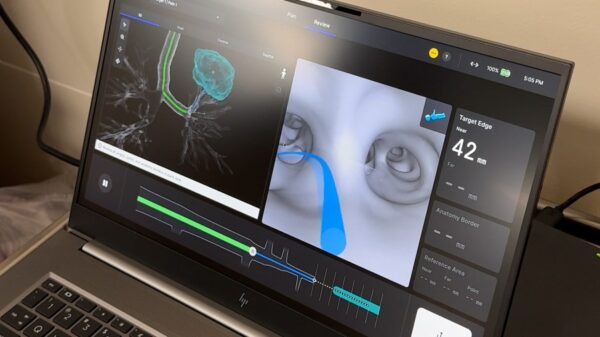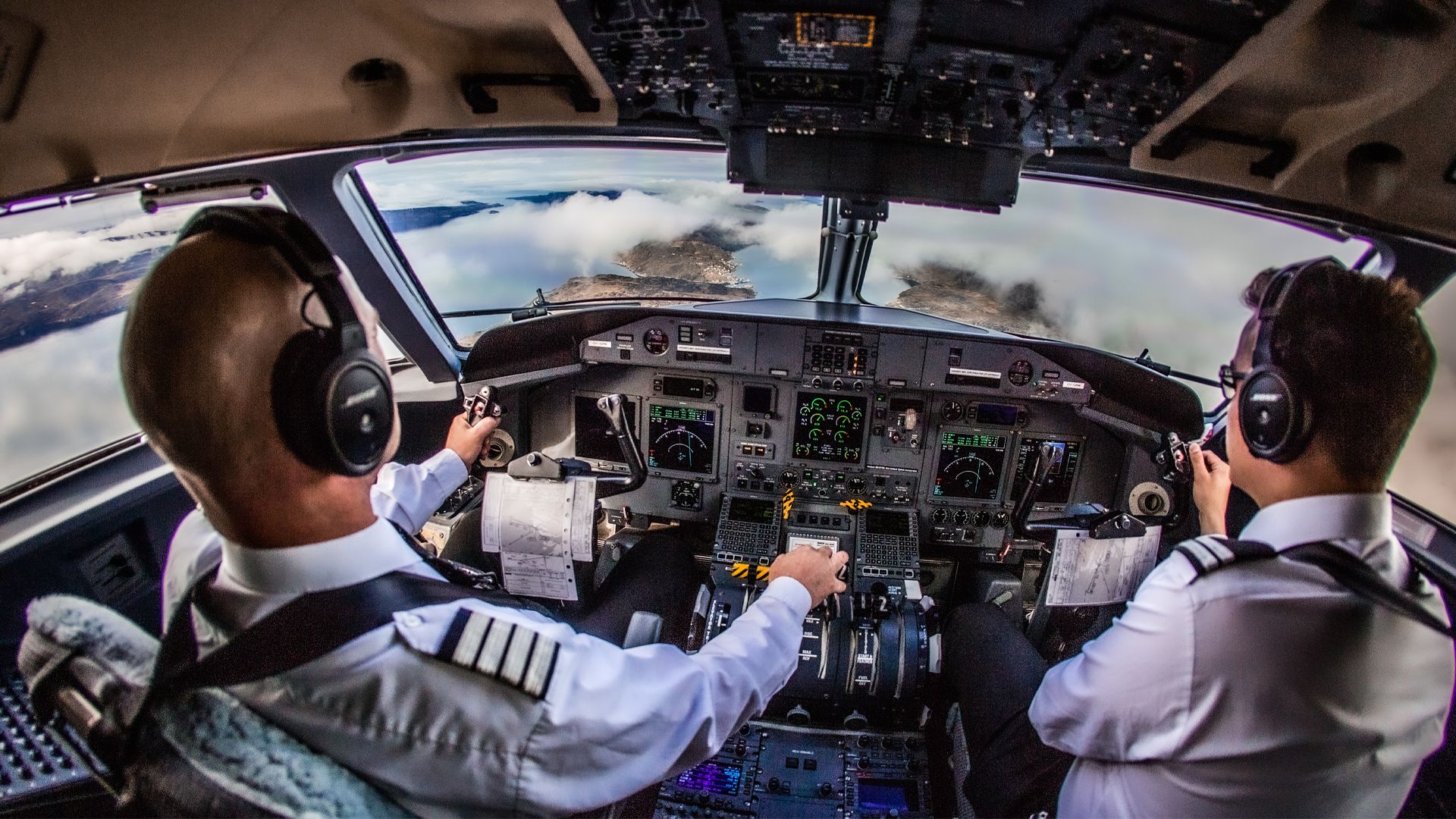The aviation community is on high alert when pilots receive a specific message from Air Traffic Control (ATC) during flight. When ATC requests a pilot to “copy a phone number,” it signals that a pilot deviation (PD) may have occurred, leading to potential regulatory scrutiny. This situation can initiate a review process that might significantly affect a pilot’s career, as it often results in a follow-up discussion with ATC supervisors or possibly the Federal Aviation Administration (FAA).
Understanding the implications of a PD is crucial. Pilots can deviate from regulations in various ways, including altitude mismanagement, unauthorized airspace entry, or failure to follow ATC instructions. Common examples of PDs include climbing or descending without clearance, straying from assigned headings, or exceeding speed limits in designated areas. In all cases, ATC is required to document the incident and provide the pilot with a contact number to discuss the matter further upon landing.
The stress associated with hearing that ATC request is palpable among pilots. It is akin to receiving a summons from an employer that suggests a serious discussion is imminent. The uncertainty of the situation can be daunting, especially if the pilot is unaware of the error that triggered the call.
Shifting from Punishment to Education
Historically, the system for addressing pilot deviations was more severe, often leading to harsher penalties. However, the FAA has since adopted a compliance program that emphasizes education and prevention. This progressive approach encourages pilots to report incidents to the National Aeronautics and Space Administration (NASA) through the Aviation Safety Reporting System (ASRS). Such reports can mitigate penalties, often allowing pilots to avoid further punitive action for honest mistakes.
The primary reason for ATC’s request to contact a pilot after an incident is to facilitate a private conversation without disrupting busy communication channels. Pilot deviations typically fall into two categories: airborne and surface incidents. Airborne incidents, which account for approximately 77% of all deviations, often involve mismanagement of the aircraft or non-compliance with airspace regulations. Surface incidents, although less common at 23%, can be particularly dangerous, especially in the context of runway incursions.
One of the most critical surface deviations is a runway incursion, where an aircraft enters a runway without proper clearance. Such actions can lead to catastrophic consequences and often stem from miscommunication or distractions during taxiing. Pilots are responsible for ensuring the safety of their operations at all times.
Recognizing the Risks and Consequences
The penalties for pilot deviations can vary widely, depending on the severity of the incident. Possible consequences include remedial training with a certified flight instructor, re-examinations mandated by the FAA, and, in extreme cases, suspension or revocation of a pilot’s certificate. Civil penalties can also be imposed, reaching up to $50,000 for individuals in serious violations.
Altitude deviations during instrument flight rules (IFR) conditions are common PD incidents. These can include climbing or descending without ATC clearance or failing to maintain assigned altitudes due to distractions. Airspace violations are particularly serious, especially for pilots flying under visual flight rules (VFR) in sensitive areas, where breaches can result in significant legal repercussions, including potential jail time.
A critical aspect of aviation safety is the collaborative vigilance of the flight crew. While one pilot operates the aircraft, the non-flying pilot continuously cross-checks decisions and actions, ensuring that even minor errors are caught before they escalate. This teamwork extends to communication with ATC, where all instructions are read back verbatim to confirm understanding, reinforcing the aviation industry’s commitment to error prevention.
In conclusion, while flying remains one of the safest modes of transportation, pilot deviations pose risks that require careful management and adherence to regulations. With the FAA’s ongoing efforts to educate rather than punish, pilots are encouraged to maintain high standards of professionalism and vigilance, ensuring safety in the skies.




